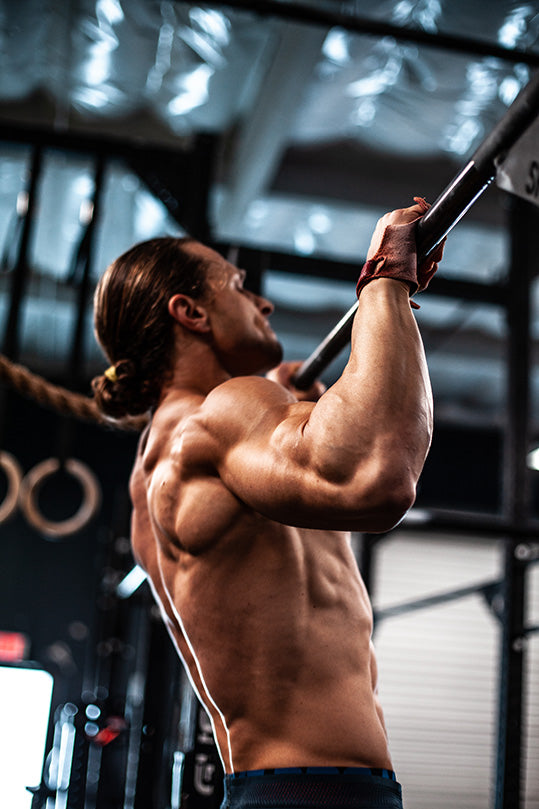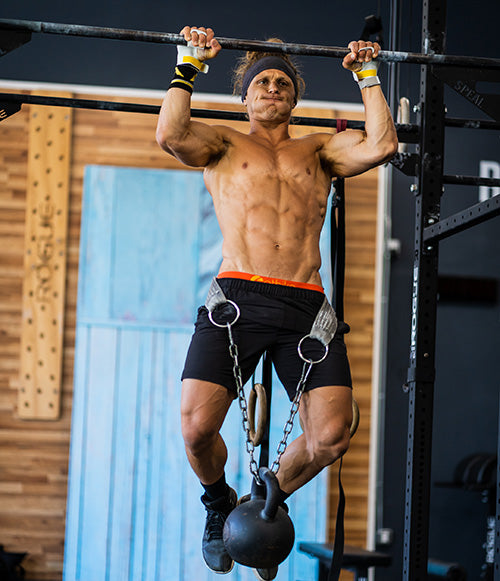STRICT PULL UPS - AND A PROPER PUSH UP TOO
NO MORE GYM CLASS NIGHTMARES

LET'S BE KIDS AGAIN
MASTER BODYWEIGHT MOVEMENTS
We have to get these skills back. Just like a bodyweight squat, a simple lunge, a strong plank, the push up and pull up should be foundations to your fitness. The process of getting them dialed in when you have never, or haven’t performed them for many decades means we need to build a Regression/Progression system that is easy to follow and can be performed consistently week after week – just like in the Persist program or our Ebooks.
Proper Push Up Standard:
Strict Pull Ups Standard:
HOW TO REACH THE STANDARD
ECCENTRIC CONTRACTIONS

ECCENTRIC OVERLOAD
EXTENDED RANGE OF MOTION
GO THROUGH THE FLOOR
A proper push up ends when the chest and body touch the floor. But what if we could go through the floor with our hands fixed? Get more range of motion? That means an entire portion of our shoulder, chest and triceps would get trained. This can be accomplished with a variety of different tools. Parallettes, Dumbbells that don’t roll, Kettlebells that don’t tip, and two benches or boxes next to each other.

